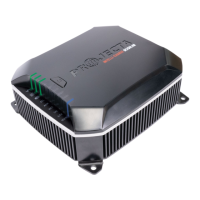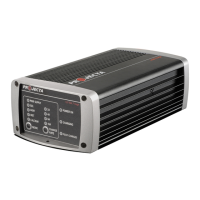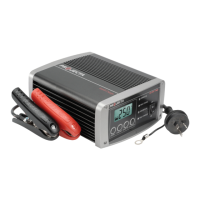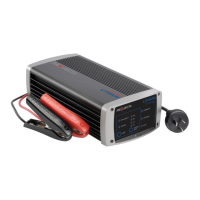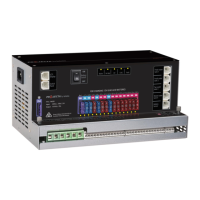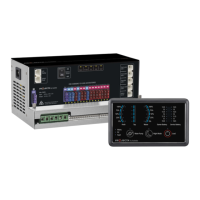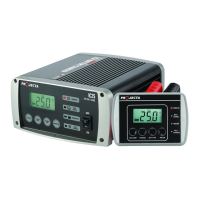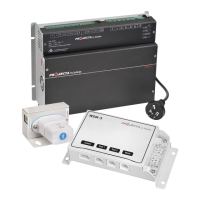Do you have a question about the Projecta IDC25 and is the answer not in the manual?
| Input Voltage | 9-32V DC |
|---|---|
| Output Voltage | 12V DC |
| Output Current | 25A |
| Battery Chemistry | AGM, Gel, Calcium |
| Approvals | E-Mark |
| Protection Features | Over Temperature, Reverse Polarity |
Converts vehicle's 12VDC/24VDC alternator power for efficient battery charging.
Allows simultaneous solar and alternator power input, prioritizing solar.
Maximizes solar panel power generation using Maximum Power Point Tracking.
Sophisticated 3-stage charging process for faster, powerful, and complete battery charging.
Supports GEL, AGM, WET, and CALCIUM batteries with periodic equalization for calcium.
Allows operation only when ignition is on and activates lower input voltage for smart alternators.
Uses a temperature sensor to adjust output, preventing overcharging in varying climates.
Covers Spark-Free, Reverse Connection, Over/Under Voltage, and Over Temperature protection.
Details input voltage, current, output, temperature, and dimensions.
Outlines charging stages (Bulk, Absorption, Float, Equalisation) and voltages for different battery types.
Specifies supported battery capacity and types (GEL, AGM, WET, CALCIUM).
Describes VSR and Low Voltage modes for 12V and 24V vehicles.
Identifies various DC output and input cables for connection.
Details mounting slots and the temperature sensing cable for compensation.
Explains Solar LED, Alternator LED, and Charging LED functions.
Describes the Mode button and LED display for selecting battery chemistry.
Guidance on mounting the unit considering environmental factors and performance.
Recommendations for cable size, connections, and protection for wiring.
Illustrates the complete wiring diagram for connecting the charger, batteries, and solar panel.
Shows the wiring diagram for systems using only alternator/starter battery input.
Illustrates the wiring diagram for systems using only solar panel input.
Explains the meaning of different LED color combinations for charging stages.
Details faults indicated by LED patterns and their corresponding remedies.
Addresses the unit's dust and weather resistance and warranty implications.
Explains the necessity of fusing positive battery cables for safety against short circuits.
Confirms the charger's safety with modern vehicles featuring EFI and computer systems.
Describes the LED indicators that signify a fully charged auxiliary battery.
Provides troubleshooting steps for the INPUT LED not illuminating, often related to cable size.
Offers solutions for the OUTPUT LED not activating, possibly due to low battery voltage.
Explains possible reasons for the 'FULLY CHARGED' LED activating immediately.
Explains surface charge phenomenon and its effect on battery charging indication.
Describes how to identify a faulty battery cell and when replacement is needed.
Explains why the charger might have no output, relating to short circuit protection and connection verification.
